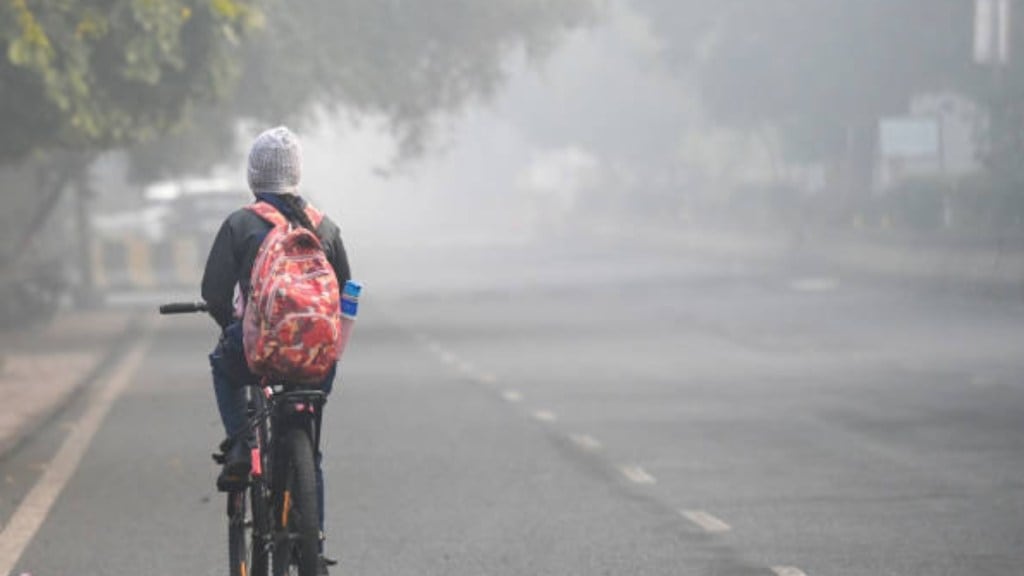Delhi experienced its cleanest December since 2015, with an average AQI of 294 this month, according to data from the Central Pollution Control Board (CPCB). This improvement was largely due to strong winds in early December and record-breaking rainfall in the latter half of the month. Despite these improvements, an AQI of 294, categorised as “poor,” is still nearly three times worse than the “satisfactory” standard and included six days of “severe” air, with AQI readings exceeding 400, triggering restrictions on construction, vehicle movement, hybrid classes, and staggered office timings.
The CPCB classifies AQI as follows: 0-50 is “good,” 51-100 “satisfactory,” 101-200 “moderate,” 201-300 “poor,” 301-400 “very poor,” and above 400 “severe.” This month’s average AQI represents a notable improvement from previous Decembers, which recorded averages of 348 in 2023, 319 in 2022, and 336 in 2021. The second-best December AQI, prior to this year, was 300 in 2015.
Experts highlighted that, apart from a six-day period of severe pollution in the third week, weather conditions generally supported pollutant dispersion. Mahesh Palawat, vice president of Skymet, attributed the improvement to dominant winds and limited moisture in early December, which prevented fog formation and helped pollutants dissipate. However, a western disturbance in the third week caused stagnation and increased moisture, temporarily worsening air quality. Another strong western disturbance around December 26 brought significant rainfall and winds, improving the AQI once again.
This December recorded 53.5mm of rainfall, making it the fifth wettest December since 1901. Notably, December 28 saw a single-day rainfall of 41.2mm, the second-highest on record for the month, surpassed only by 75.7mm on December 3, 1923. Weather conditions were mostly moderate, with an average minimum temperature of 8.4°C and an average maximum of 22.8°C, both consistent with the long-term December average.
The first half of December was particularly clean, with an average AQI of 238 and just one day of “very poor” air quality, marking a stark contrast to previous years when the first half of December consistently recorded AQI levels above 300.
Despite these meteorological advantages, analysts caution against interpreting the improvement as a sign of reduced emissions. Sunil Dahiya, lead analyst at Envirocatalysts, noted that when weather conditions became unfavorable, AQI levels quickly spiked to severe, reaching 451 at one point. This indicates persistently high background emissions in Delhi, underscoring the need for sustained efforts to reduce pollution at its source.

